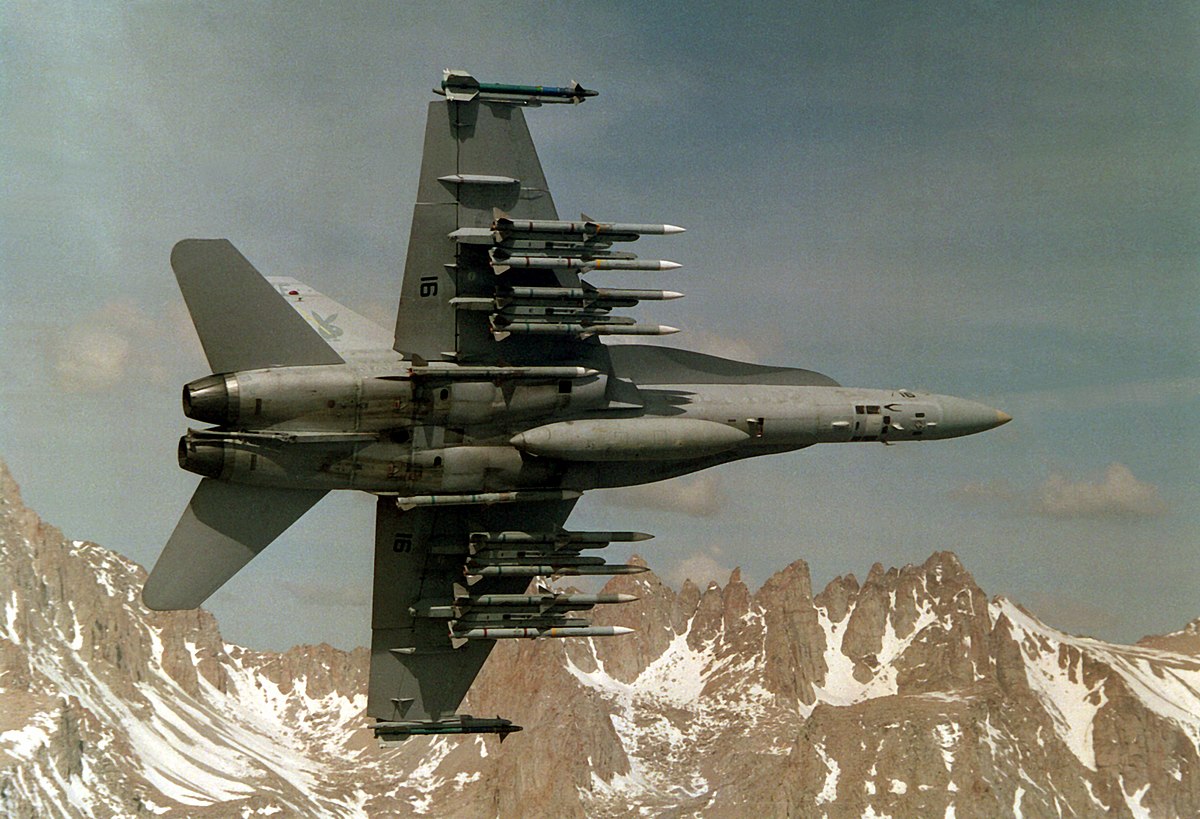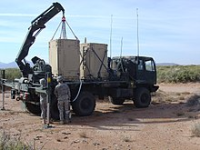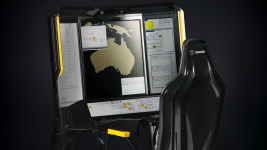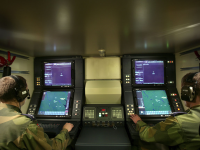I am looking at this strictly from a logistical standpoint. What has to be done to get a package of destruction from the production line to the target. Ideally the target would be identified and the destruction factory called and it would crank out the appropriate package and deliver it to the designated address to the target. Everything between the point of manufacture and the point of use is inventory management.
More SKUs, more types of packages, makes for an inefficient delivery system.
More delivery mechanisms maker for an inefficient delivery system
Complex delivery machinery makes for an inefficient delivery system.
Directed Energy systems are approaching my ideal solution. Energy is manufactured on site and directed to indicated targets. The "factory" is complex, the laser, radar or sound projector, but the logistics necessary for a kill is the provision of packaged energy (uranium, hydrocarbons, hydrogen...)
My intention is to reduce the number of SKUs and reduce the number of delivery mechanisms.
To that end I am suggesting that using HIMARS type pods or VLS type cells on a NASAMS type T&E or even a NetFires type box would make it easier to supply Air Gunners, Coast Defence Gunners, Counter Battery Gunners, General Support Gunners, Close Support Gunners with the necessary package of destruction to serve their chosen targets.
Artillery guns have "limbers" / magazines / resupply vehicles with multiple warhead and fusing choices. The 70 mm rockets, 84 mm CG84, hand grenades, 40 mm grenades all seek to accomplish the same thing. They seek to allow one common system to be applied in many circumstances to deal with many problems. The more targets that one system can serve, the more masters it can please, then the simpler the logistics become.
And the simpler the logistics then the more the targets can be served for longer for less money.
The VLS cell can be mounted vertically or at an angle. It can be carried on ships and subs (manned and unmanned), in sea cans, on 53 foot trailers, and apparently, JLTVs. It can also also be launched from a fixed surface mount on land. That cell can be loaded with a variety of missiles. If the JLTV can carry a single VLS cell with a Tomahawk, presumably that cell is delivered to the JLTV preloaded. If that then why not deliver packages of 4 ESSMs in pre-packaged VLSs cells to the AD batteries while you use the same logistics to deliver Tomahawks and NSMs to the Coastal Defence, Counter-Battery and General Support batteries?
Same thing applies to the MRLS pods which were developed to launch ballistic rockets from one type of tracked carrier but is now used on a simple T&E device that can be mounted in pairs on the original carriers and Korean trucks as well as in singles from American trucks and Norwegian sea cans.
The NASAMs "Multi Mission Launcher" requires individual rounds to be reloaded on site. That has its advantages on occasion. But in a match up between the reloadable Grads and the Chunmoo/HIMARs preloaded pods then the pods win.
The key to all of this is keeping the pods and the T&E cheap and simple and light so that they can be mounted on 80% of the platforms available 80% of the time in 80% of the places.
As to the missiles themselves - the same technology that can be deployed to take out a strategic bomber or a tank of diesel with a cardboard plane for a couple of thousand dollars suggests that missiles are only going to get cheaper and more effective to make.
Carbon fibre, polyfoam and cardboard together with a bit of alumininum for the rocket nozzle and an M1156 style Precision Guidance Kit or an MMW seeker of the types found on Merlins, Strix and Brimstone missiles or a proximity fuse and you can start serving at least 80% of your targets anywhere with packages of high explosives and shrapnel.
You don't need iron and steel and blast furnaces and precision lathes and machinists. 3D printers and Carbon will get you more than 80% of the way there.
A HIMARS pod loaded with Ground Launched Small Diameter Bombs mounted in a seacan and launched from there.
Google Brimstone to see the varieties of platforms and launchers proposed for that.

mezha.media









